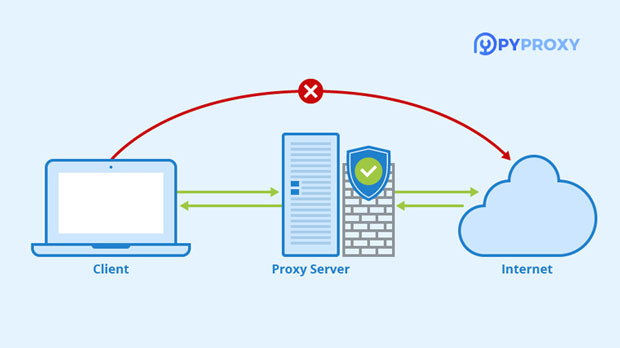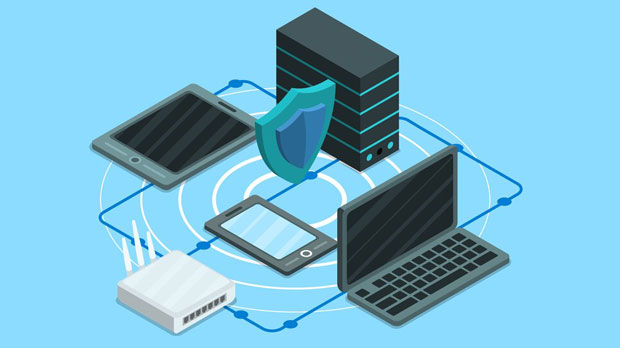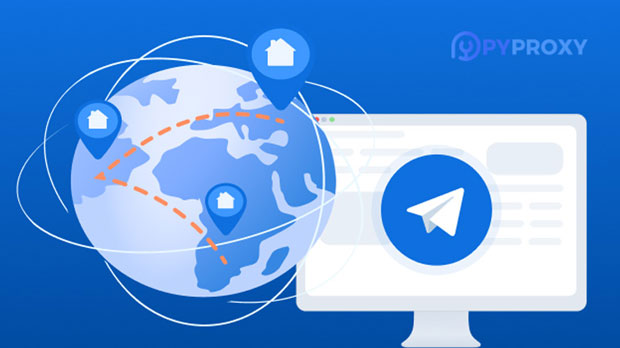In the world of internet security and online privacy, proxy servers play a crucial role in masking a user's real IP address and ensuring that their activities remain anonymous. However, not all proxy solutions are equal in terms of functionality. One popular tool, PYPROXY, is often discussed for its ability to unblock proxies. A common question surrounding Pyproxy is whether it supports HTTP proxies, which are among the most widely used types of proxy servers. In this article, we will delve deep into the specifics of Pyproxy, exploring whether it is compatible with HTTP proxies, and the benefits and limitations of using it for unblocking purposes. By the end, readers will have a clearer understanding of how Pyproxy interacts with HTTP proxies and whether it fits their needs for enhanced browsing security and privacy. What is Pyproxy and How Does It Work?Pyproxy is a Python-based tool primarily designed to help users bypass internet restrictions, such as geo-blocking, network firewalls, and content filtering. Its core functionality involves making it possible for users to access content that would otherwise be restricted based on their geographical location or network environment. Pyproxy achieves this by routing the user's traffic through a proxy server, which acts as an intermediary between the user's device and the internet. This process helps conceal the user's actual IP address, giving them access to a wider range of content while enhancing privacy and security.The effectiveness of Pyproxy depends largely on the types of proxies it supports. Proxies come in various forms, such as HTTP, HTTPS, SOCKS5, and more. In particular, HTTP proxies are quite common and are often used for simple browsing tasks, as they function at the application layer (Layer 7 of the OSI model), specifically for HTTP-based traffic.Types of Proxies: Understanding HTTP ProxiesHTTP proxies are among the most widely used proxy types. These proxies are primarily designed to handle HTTP traffic, meaning that they can only be used for web browsing and accessing websites. An HTTP proxy works by intercepting HTTP requests and forwarding them to the destination server, masking the user's real IP address. The server then responds, sending the data back through the proxy to the user.There are several benefits to using HTTP proxies:1. Anonymity: HTTP proxies are good for masking your IP address, making it harder for websites to track your activities.2. Access Control: HTTP proxies can be used to filter and block content, enabling users to bypass firewalls or geo-blocked websites.3. Performance: Some HTTP proxies can cache web pages, improving the loading speed for frequently visited websites.However, the limitations of HTTP proxies are also important to note:- They can only handle HTTP traffic, meaning they do not support other types of traffic like FTP or P2P.- HTTP proxies might not encrypt data, leaving user information vulnerable to interception.Does Pyproxy Support HTTP Proxies?Now, let’s address the core question: Does Pyproxy support HTTP proxies? Based on Pyproxy's documentation and user experiences, Pyproxy is compatible with a variety of proxy types, including HTTP proxies. Pyproxy uses the requests library, which supports HTTP and HTTPS protocols, making it suitable for working with HTTP proxies.Pyproxy works by configuring proxy settings in Python scripts or through the command line, where users can specify their desired proxy type. By using Pyproxy in conjunction with an HTTP proxy, users can route their traffic through the proxy server, effectively hiding their IP address and unblocking restricted content.However, there are some nuances that need to be considered:1. Proxy Configuration: While Pyproxy supports HTTP proxies, the user must ensure that the correct proxy configuration is set up. This includes specifying the proxy server's IP address and port number. Misconfiguration can lead to issues in traffic routing.2. Limited Proxy Types: Although Pyproxy supports HTTP proxies, users who require more advanced proxy capabilities (such as handling non-HTTP traffic or encrypted connections) may need to consider other tools or proxy types.3. Performance Impact: Using Pyproxy with an HTTP proxy may introduce some latency, depending on the proxy server's location and performance. Users should carefully choose high-performance proxies to avoid a noticeable decrease in browsing speed.Advantages of Using Pyproxy with HTTP ProxiesThere are several advantages to combining Pyproxy with HTTP proxies:1. Access to Restricted Content: By using an HTTP proxy with Pyproxy, users can access regionally restricted content, bypassing geo-blocks imposed by websites or streaming platforms.2. Increased Privacy: HTTP proxies, when used with Pyproxy, help mask the user's real IP address, adding an extra layer of anonymity during online activities.3. Simplicity: Pyproxy is easy to integrate with existing Python scripts, making it a simple solution for users who need basic proxy support for web browsing.Limitations of Pyproxy with HTTP ProxiesDespite its advantages, using Pyproxy with HTTP proxies also comes with some limitations:1. Limited Protocol Support: HTTP proxies only work with HTTP and HTTPS traffic. If you need to access services that rely on other protocols (such as FTP or peer-to-peer file sharing), HTTP proxies won’t be sufficient.2. Security Concerns: HTTP proxies do not offer encryption, which means that sensitive data sent through the proxy could potentially be intercepted by malicious actors. For users requiring secure browsing, a VPN or HTTPS proxy might be more appropriate.3. Proxy Reliability: Not all HTTP proxies are reliable or trustworthy. Free HTTP proxies, in particular, can often be slow, unreliable, or even malicious, leading to potential security risks.Conclusion: Is Pyproxy the Right Tool for HTTP Proxies?Pyproxy does indeed support HTTP proxies, making it a useful tool for those looking to unblock geo-restricted content or enhance their online privacy by masking their IP address. However, the tool comes with certain limitations, particularly in terms of its support for other types of traffic and its lack of encryption. For users whose needs are limited to web browsing and simple privacy concerns, Pyproxy with HTTP proxies offers a practical solution.For more advanced users who require higher levels of security, encrypted connections, or support for additional protocols, other proxy types or tools may be more appropriate. Ultimately, the decision to use Pyproxy with HTTP proxies depends on the specific requirements of the user, including their need for speed, security, and functionality.
Aug 29, 2025



































































